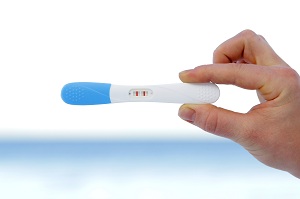Bioengineer Yaling Liu has developed a tool that improves current diagnostic tests for tumors. To do this, a blood sample is enough, as in the case of fetal DNA tests. The machine isolates the tumor cells in the blood and analyzes the DNA. In this way it is possible to determine the extent of the tumor, the presence of metastases and the effectiveness of the treatments.
Professor Liu's technology is the advanced version of existing tests based on the same principle. Liu's machine, however, uses a microchip that analyzes the blood cells as they pass through. This allows the number of abnormal cells present in the blood to be counted. At the same time, it allows to analyze a single cell to check if it reveals traces of metastasis.
Genetic testing is effective for assessing both the severity of a tumor and the effectiveness of a treatment. Depending on the changes that occur in the genetic expression of cancer cells, it allows to understand if the therapy is working.
Liu's apparatus is part of a clinical trial for a drug against melanoma and renal cancer. The objective of the first phase was to understand if the device could improve treatments and increase their chances of success. To this end, the professor's team analyzed a sample of blood taken from patients before treatment. The results were promising.
The next step will be to follow a group of patients throughout the treatment. The doctors will carry out the test several times, monitoring the progress of the cancer cells in the blood. The second phase should start within a few months.
Source: lehigh.edu
Add a comment





